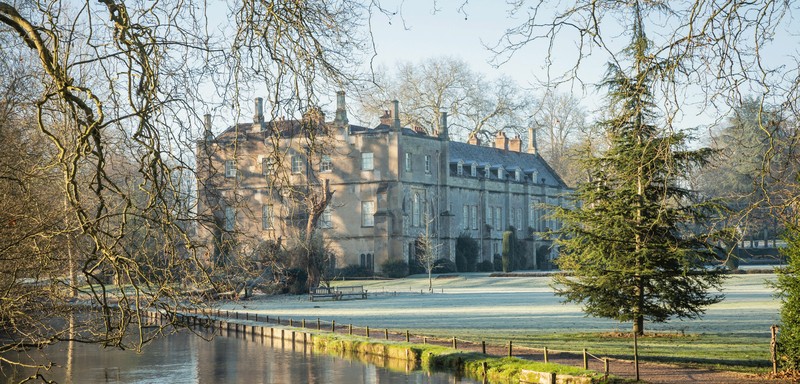
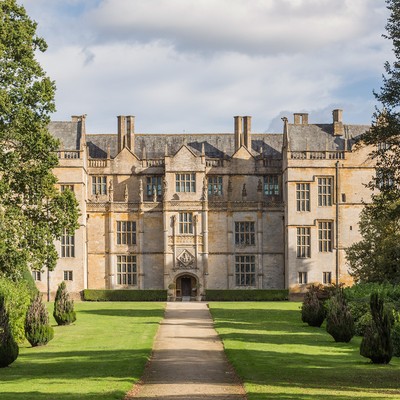
8 Manor Houses To Visit In South West England
WILTON HOUSE
Where: Wilton, near Salisbury, Wiltshire.
Why: This English country house has been the country seat of the earls of Pembroke for over 400 years and, today, is home to the 18th Earl and Countess. “It is one of my favourites,” says Viv, “and I think of it as ‘my stately’ as it was the one I visited frequently as a child.” It was built on the site of the medieval Wilton Abbey which, following the Dissolution of the Monasteries, Henry VIII granted to William Herbert, 1st Earl of Pembroke. The present Grade I-listed house was rebuilt in the Palladian style in 1647 by Inigo Jones and John Webb, although a small section of the house built for William Herbert survives. For the visitor, the main features of the house are the 17th-century state apartments where you’ll see a number of portraits by Van Dyck as well as paintings by Rembrandt and Brueghel the Younger, and the Cloisters which house an impressive collection of Greek and Roman sculptures, as well as Georgian furniture. The extensive landscaped gardens are lovely for a leisurely stroll and there’s a large adventure playground, should you have grandchildren in tow. If you’re into classic cars, the current Earl has an impressive collection housed in the grounds.
How: Click here for information.
LANHYDROCK
Where: Lanhydrock, near Bodmin, Cornwall.
Why: “This quintessential Jacobean country house and estate is the National Trust at its best and a wonderful stop-off en route to the Cornish coast,” Blue Badge tourist guide Viv Haxby tells SL Gold. Refurbished in 1881 after a devastating fire, “it gives a glimpse into two sides of Victorian times – from the ‘below stairs’ servants’ quarters to the elegant living areas and spacious bedrooms of ‘upstairs’ life.” You can wander round the colourful gardens which are full of magnolias, rhododendrons and beautiful borders as well as a fabulous formal parterre; and the estate is great for exploring – the best way to do this is to hire a bike (book in advance) and head into the woodlands along the riverside paths.
How: Click here for information.
MAPPERTON HOUSE
Where: Mapperton, near Bearminster, Dorset.
Why: This hidden Dorset gem, with outstanding countryside views, is the home of the Earl of Sandwich’s family – they moved here from Hinchingbrooke House, near Huntingdon, in the mid 1950s. “It is just enchanting, one of the finest manor houses in England [as voted by Country Life magazine] and featured in Thomas Vintner’s 2015 film Far from the Madding Crowd,” Viv tells us. The current earl, Lord Sandwich, handed over the running of the estate to his son Luke Montagu, Viscount Hinchingbrooke, and his American entrepreneur wife Julie about six years ago. The art collection includes pictures by Lely, Van de Velde the Younger, Scott, Reynolds and Hogarth. There are several portraits of Edward Montagu, 1st Earl of Sandwich, who served under Cromwell. The Jacobean manor overlooks large Italianate gardens that are Grade II listed and famous for their romantic setting, varied planting and sense of tranquillity. Viv also suggests you follow @Mapperton_Estate on Instagram to see the energy Julie Montagu brings to the house and gardens.
How: Click here for information.
STOURHEAD
Where: Near Mere, Wiltshire.
Why: Stourhead was created in the 18th century by banking family the Hoares – it was their escape from London and it truly became their family home. The bank was founded in the 17th century by Sir Richard Hoare, and its funds paid for the development of Stourhead's garden, house and estate under seven members of the family until 1946 when Sir Henry – whose son and heir to the house had been killed in the First World War – gave Stourhead to the National Trust. Viv told us that for her “it’s all about the world-famous landscape garden with its magnificent lake in the centre, as well as classical temples, hidden grottoes and exotic trees – a real treat for the eyes!” The Palladian house, set amid the perfect lawns and extensive parkland, changed, expanded and developed with each generation of the Hoare family. Among the highlights are the ‘Pope’s cabinet’ made in Rome around 1585 for the ‘Iron’ Pope Sixtus V and a fine example of Italian pietre dure cabinet-making; the 19th-century Axminster carpet which was rescued by servants from a fire in 1902 which destroyed the central part of the house; the lunette window by Francis Eginton – made of enamelled and painted glass, and based on Raphael’s ‘School of Athens’, it depicts the greatest thinkers of the classical world.
How: Click here for information.
KINGSTON LACY
Where: Wimborne Minster, Dorset.
Why: This lavish family home in the Dorset countryside was built to resemble a Venetian palace and has been altered, embellished and rebuilt by the Bankes family over the centuries. Their wealth came from extensive estates and profitable marriages, including inherited wealth from Caribbean plantations. There’s lots to see here, from spectacular artworks to beautiful landscapes. William John Bankes (1786-1855) created the house as you see it today – he was forced into exile for homosexuality and lived in Venice, from where he remotely remodelled the house and created spectacular interiors. Displayed in the Spanish Room are paintings by Rubens, Van Dyck, Titian and Brueghel, as well as his collection of ancient Egyptian artefacts. Outside, you can wander through the Japanese Garden to the Kitchen Garden and explore the vast acres featuring an Iron Age hill fort, heathland, water meadows and the world’s oldest pedigree herd of Red Ruby Devon cattle. “You won’t regret visiting this Italianate beauty,” says Viv, “and you can combine it with a visit to Corfe Castle which was once owned by the same family. It’s a great day out in Dorset!”
How: Click here for information.
MONTACUTE HOUSE
Where: Montacute, near Yeovil, Somerset.
Why: “Elizabethan picture perfect… and a favourite of the film location scouts,” is how Viv describes Montacute. “The gardens are stunning too,” she adds. Sir Edward Phelips, a wealthy lawyer and member of Elizabeth I’s Parliament, was the force and money behind the creation of this masterpiece of Elizabethan Renaissance architecture and design which was completed in 1601. Built in an ‘E’ shape (as was the norm at the time) by skilled craftsmen using local hamstone under the instruction of William Arnold, the house was a statement of wealth, ambition and showmanship, and is one of the few houses to have remained virtually unchanged since Elizabethan times. The stunning east front with its large, mullioned windows gives the impression that the whole façade is made of glass. The Phelips family lived here until 1911 when it was rented out. In 1929 it was put up for sale and acquired by the National Trust in 1931. Unfortunately, the contents were not bought with the house and when it opened in 1931 it was virtually bare. Today, among the collection of Phelips family portraits is a collection of Tudor and early Stuart paintings on loan from the National Portrait Gallery.
How: Click here for information.
MOTTISFONT
Where: Near Romsey, Hampshire.
Why: An Augustinian priory was founded here in 1201, laying the foundations for the 18th-century structure that’s now visible. “There are eight centuries of history buried within Mottisfont’s walls, a pretty house and gallery with a lovely garden with ancient trees, bubbling brooks and rolling lawns,” Viv tells us. Today, hints of the house’s medieval past live alongside the stylish redevelopment that took place in the early 20th century when it was bought by Gilbert and Maud Russell. At the time, the house was in disrepair but Maud oversaw its redecoration and transformed Mottisfont into a place for fashionable weekend house parties, inviting many contemporary artists, writers and designers. In 1939, she commissioned Rex Whistler to transform the original entrance hall into an extraordinary drawing room with trompe l’oeil murals reflecting the building’s origins as a medieval priory. Gilbert died in 1942 and, in 1957, Maud gave the house and estate to the National Trust, anxious that it should be preserved – though she continued to live here for another 15 years. Today, the Trust continues the artistic traditions with up to five major exhibitions a year in the spacious art gallery.
How: Click here for information.
ANTONY
Where: Torpoint, Cornwall.
Why: “This pretty 18th-century house, set within a magnificent landscape garden by Humphrey Reston, is another one to visit during your Cornish coast holiday,” suggests Viv. It is still home to the Carew Pole family who have lived on this site for over 600 years and, as you wander round the house, you’ll discover the story of a family who became caught up in the events of the English Civil War. Built from a silver-grey stone, Antony is an interesting mix of the formal and informal, and is probably one of the finest surviving Queen Anne buildings in the West Country. Inside, you’ll see an outstanding collection of portraits, including works by Sir Joshua Reynolds, as well as fine examples of period furniture, textiles and tapestries. Outside, there are sweeping views as you explore the garden with its topiary and modern sculptures. Antony was used as a location for Tim Burton’s 2010 Alice in Wonderland.
How: Click here for information.
Viv Haxby is a Blue Badge tourist guide, a driver guide and a member of the Institute of Tourist Guiding.
DISCLAIMER: We endeavour to always credit the correct original source of every image we use. If you think a credit may be incorrect, please contact us at info@sheerluxe.com.
/https%3A%2F%2Fsheerluxe.com%2Fsites%2Fsheerluxe%2Ffiles%2Farticles%2F2022%2F08%2Fstately-homes-image-9_0.jpg?itok=PpDrCqU5)
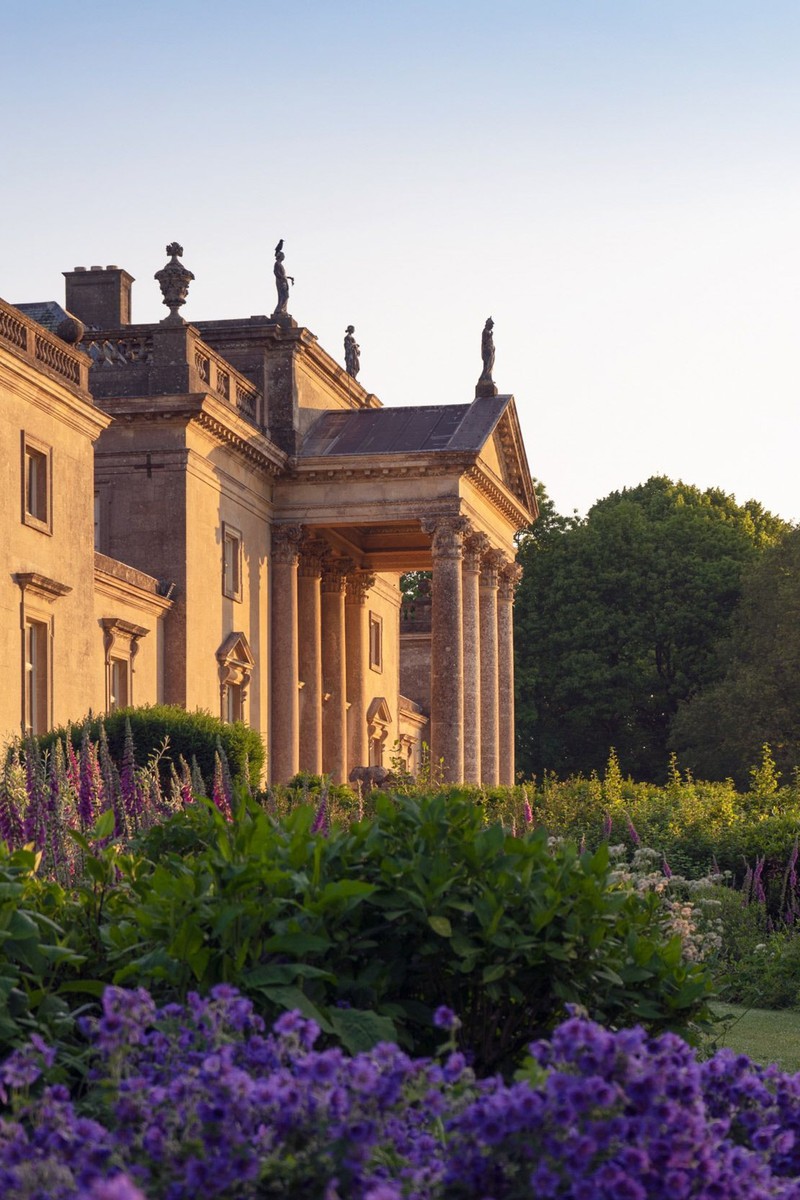
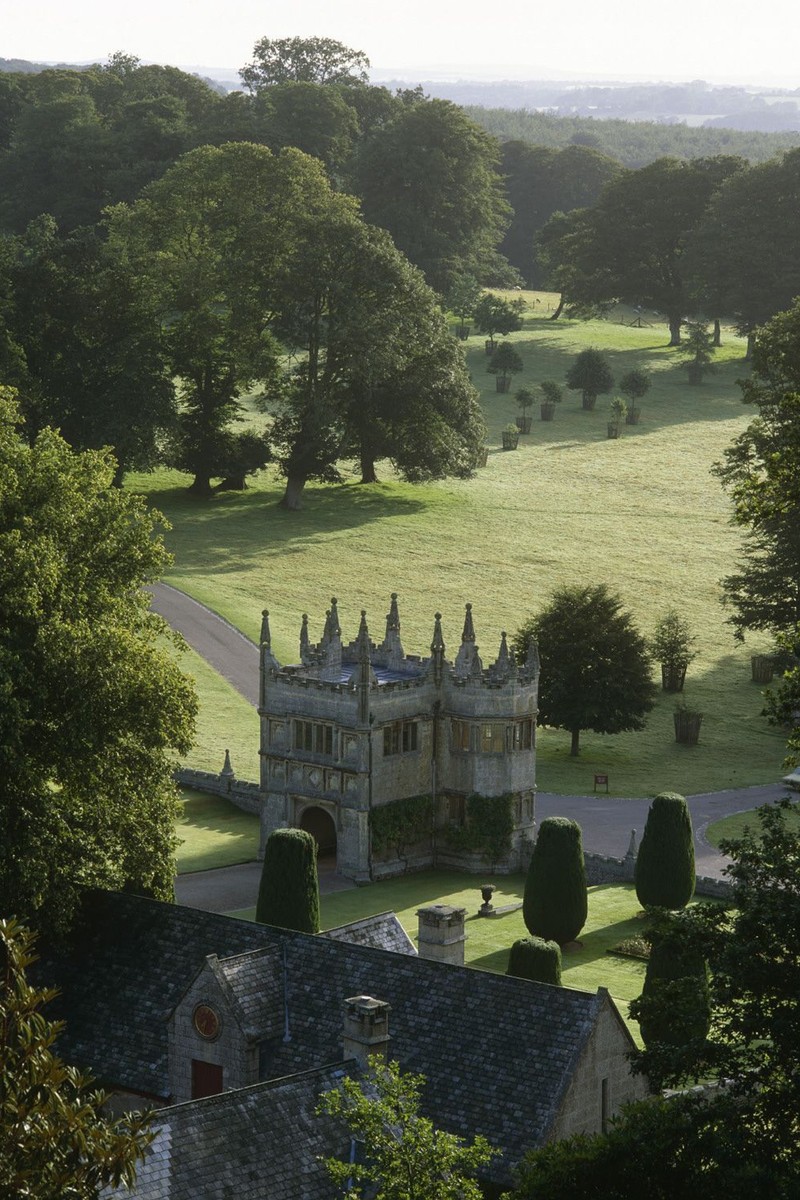
/https%3A%2F%2Fsheerluxe.com%2Fsites%2Fsheerluxe%2Ffiles%2Farticles%2F2022%2F08%2Fstately-homes-image14.jpg?itok=TUzp6hu8)
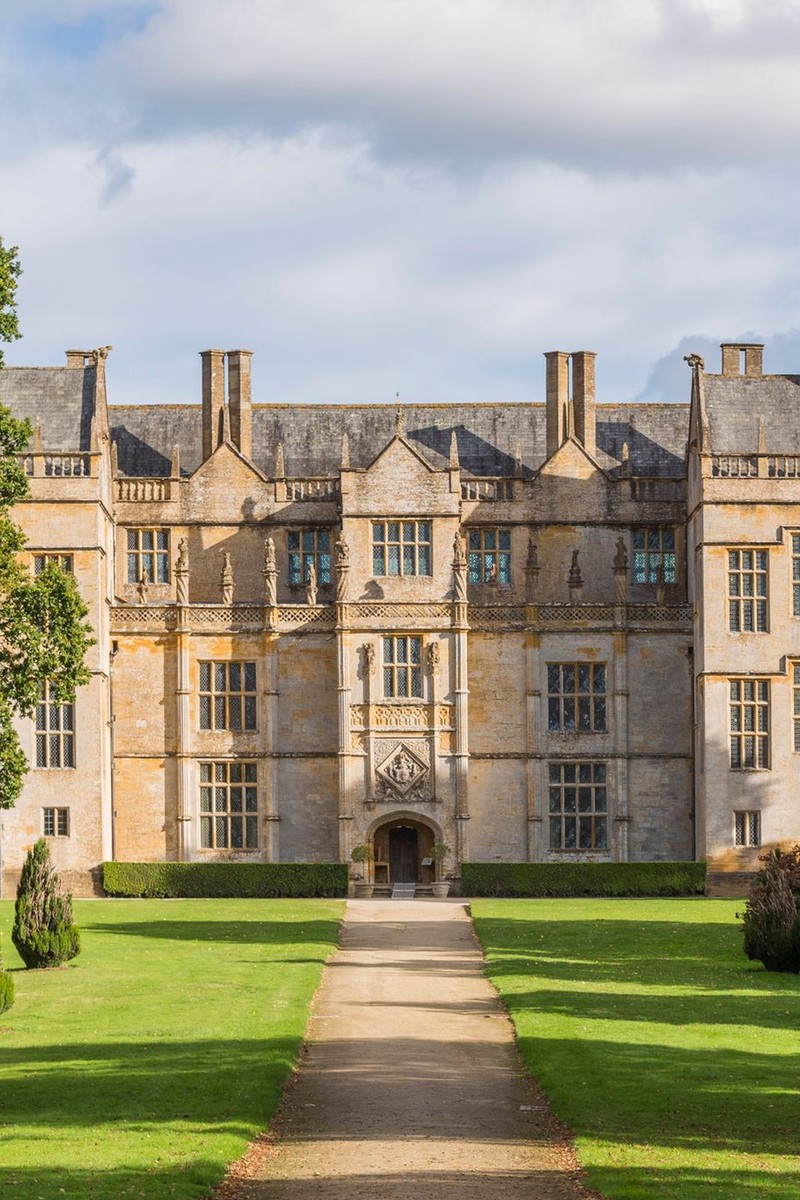

/https%3A%2F%2Fsheerluxe.com%2Fsites%2Fsheerluxe%2Ffiles%2Farticles%2F2022%2F08%2Fstately-homes-image-10.jpg?itok=FNCHA5Q8)

